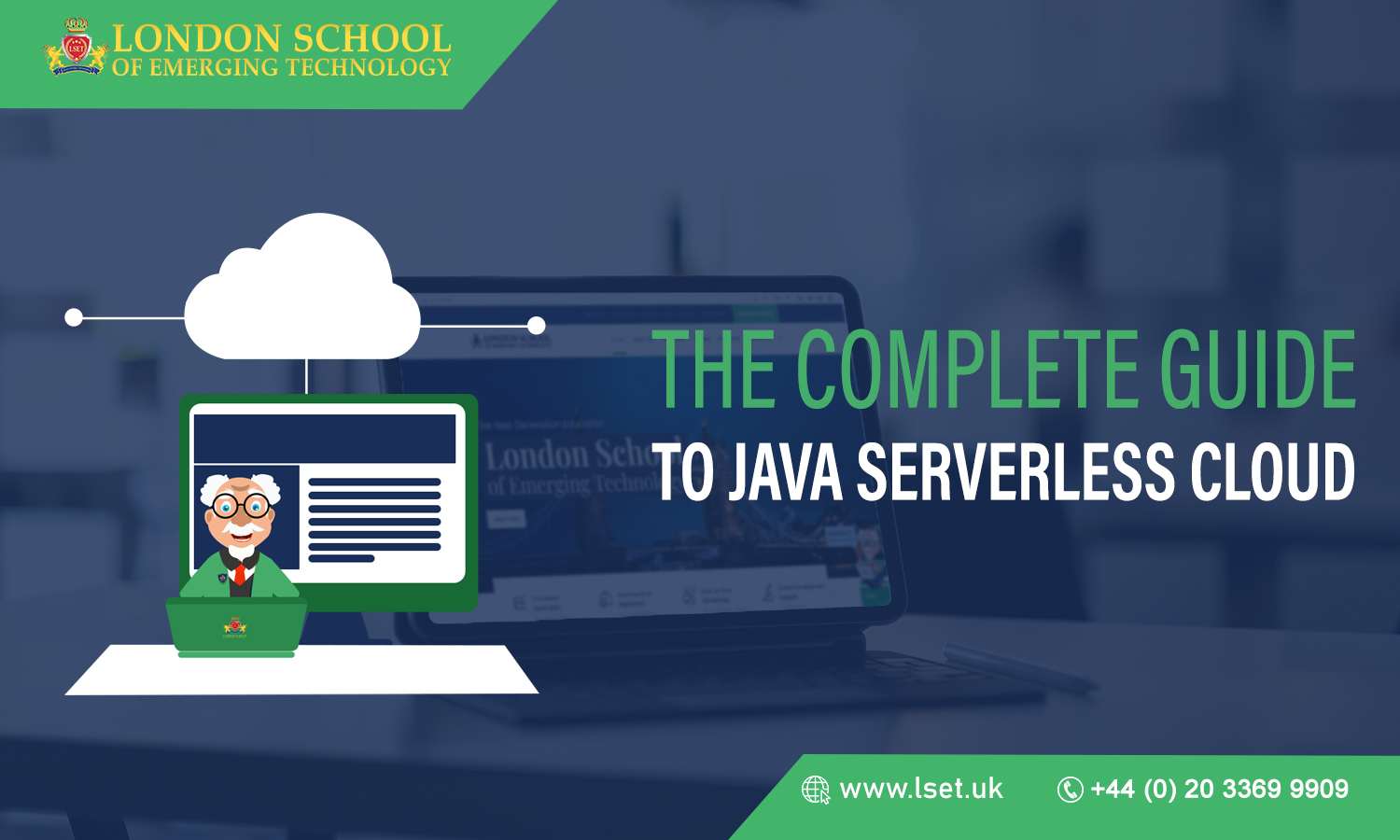If you keep up with the latest in cloud computing, you’ve probably heard a lot about serverless computing and Java. Both of these technologies are growing rapidly. And you won’t be surprised to learn that they also happen to go very well together. In fact, combining serverless architecture with Java is one of the best ways to leverage both of these technologies and get the most out of them. A new report by Newser shows that demand for serverless computing is on the rise among enterprises. Many companies are using serverless functions as a way to implement microservices architecture, reduce costs, and speed up development cycles.we will explore what exactly serverless means, how it differs from other cloud services, and how you can use it alongside Java to transform your company’s IT infrastructure for the better.
What is Serverless Computing?
Serverless computing refers a type of cloud computing where you don’t have to manage servers or the process of their creation. The serverless service provider takes care of all of that behind the scenes on your behalf. That way, you can use the cloud computing service to build and run web applications and other software without having to worry about the underlying infrastructure.
This can reduce the overall cost of getting started, speed up the development process, and make things more secure. When you use a serverless computing environment, you simply create and run applications based on the resources that are available within that environment. You don’t have to worry about setting up or managing any of the underlying infrastructure — not even virtual machines or containers. This lets you focus on the application that you want to build and nothing else.
Differences Between Serverless and Other Cloud Services
One of the best ways to understand serverless architecture is by comparing it with other cloud service models such as IaaS, PaaS, and containers. IaaS is a model of cloud computing a service provider offers you a virtual machine that you can run your own software. You also have to manage the operating system and any other related software on the machine. PaaS is a model where you host your applications on a third-party platform and deploy them using containers.
The service provider manages the underlying server infrastructure, including virtual machines and containers, while you manage your application code. Containers are software packages that contain both the application and its dependencies. When you use containers, you don’t have to worry about the underlying operating system and software dependencies. Serverless computing is different from all three of these models. With IaaS, you control everything about the underlying virtual machine. You don’t have control over the virtual machine with PaaS. And with containers, you have control over the application with no knowledge of the underlying operating system and dependencies.
Why Use Java With Serverless?
There are many reasons why you should use Java with serverless architecture. First and foremost, Java is both a language and a platform. In other words, it’s a language, a virtual machine, and a set of tools that can help you develop and deploy software. Java is one of the most used programming languages today. There are tons of developers who know and use it for different applications. This means that you can find people with the necessary skills to build just about anything with Java. It’s also a very scalable language. Java is one of the most scalable programming languages. In fact, many enterprises are already using Java for their cloud applications. For example, enterprises like Netflix, Paypal, and Capital One are currently making use of Java in their cloud systems. And they’ve even started using serverless architecture with Java.
How to Combine Serverless with Java?
When you use serverless architecture with Java, you have to use one of the following three approaches:
An event-driven approach: In this approach, you use the event-driven architecture (EDA) with serverless functions and Java. A traditional approach: With this approach, you use the traditional architecture with serverless functions and Java.
A hybrid approach: With this approach, you use a hybrid architecture with serverless functions and Java. Depending on your business requirements, you can choose one of these approaches or a combination of them. Keep in mind that there are differences between them. Given that Java is one of the most scalable programming languages, you can easily integrate it with serverless architecture. The best way to do this is by using the AWS Lambda. AWS Lambda is most widely used serverless computing services on the market.
Limitations of Serverless with Java
While serverless architecture with Java is a great way to build scalable software applications, it does come with a few limitations. One of the biggest issues with this approach is that you are dependent on the providers for scalability. That’s because you have to change your application’s code whenever you want to scale with serverless architecture. This can be a problem if you don’t have a skilled team of developers on your side. Another limitation of using serverless architecture is that you have limited control over the underlying infrastructure. That’s because it’s fully managed by the provider. This can be an issue if you need to make certain changes to the infrastructure. For example, you may need to scale the infrastructure manually. With serverless architecture, you may not be able to do this.
Final Words
There’s no doubt that serverless architecture with Java is a great approach to building scalable software applications. And there are plenty of reasons why you should consider using it. First and foremost, Java is a scalable language. This means that you can easily scale it to meet your needs. Java is also a great choice if you want to build a microservice architecture. It’s also a great option if you want to build serverless applications without worrying about infrastructure scalability. There are just a few limitations that you need to keep in mind before using serverless architecture with Java.

